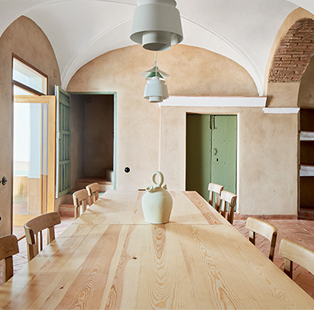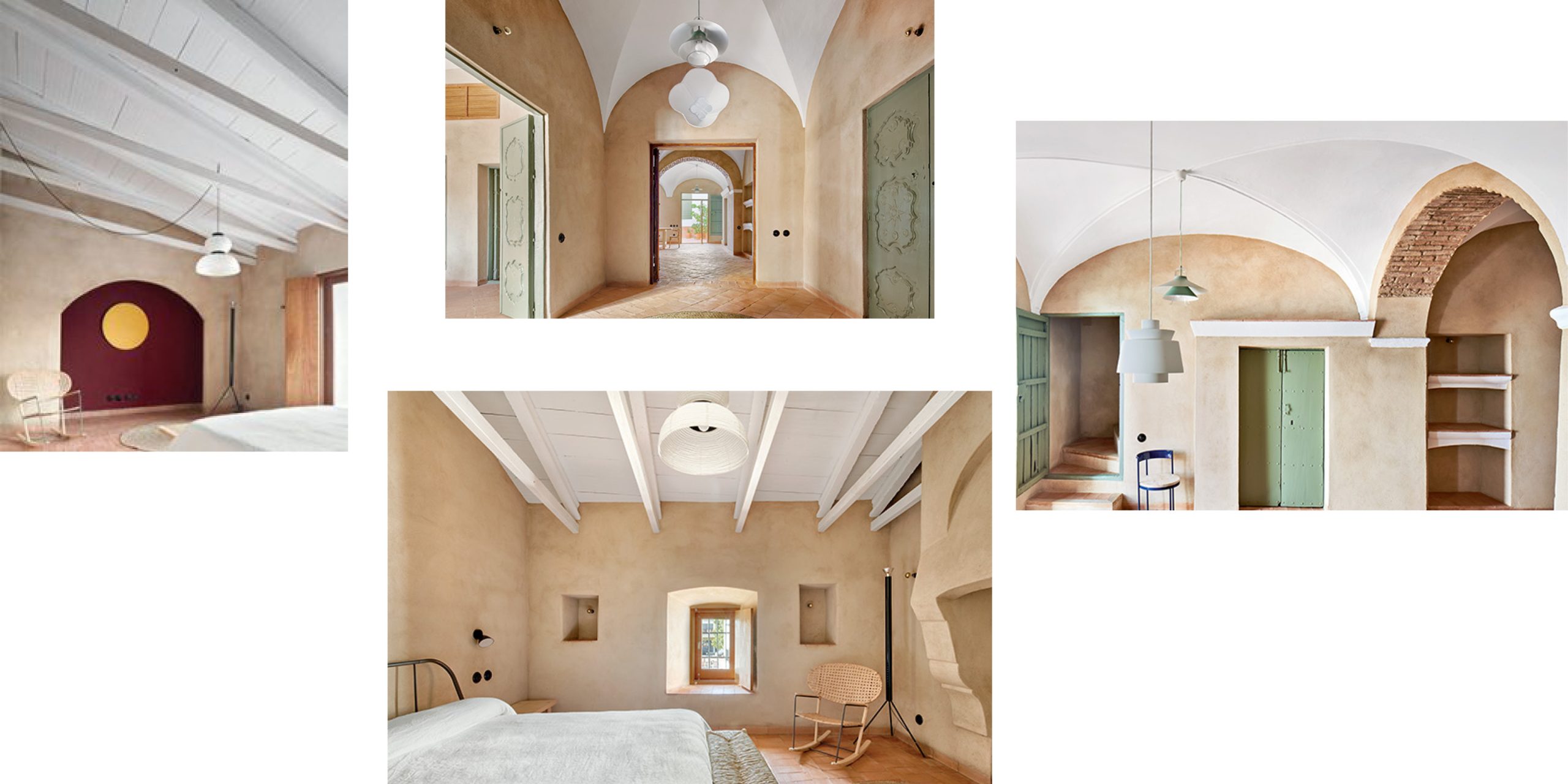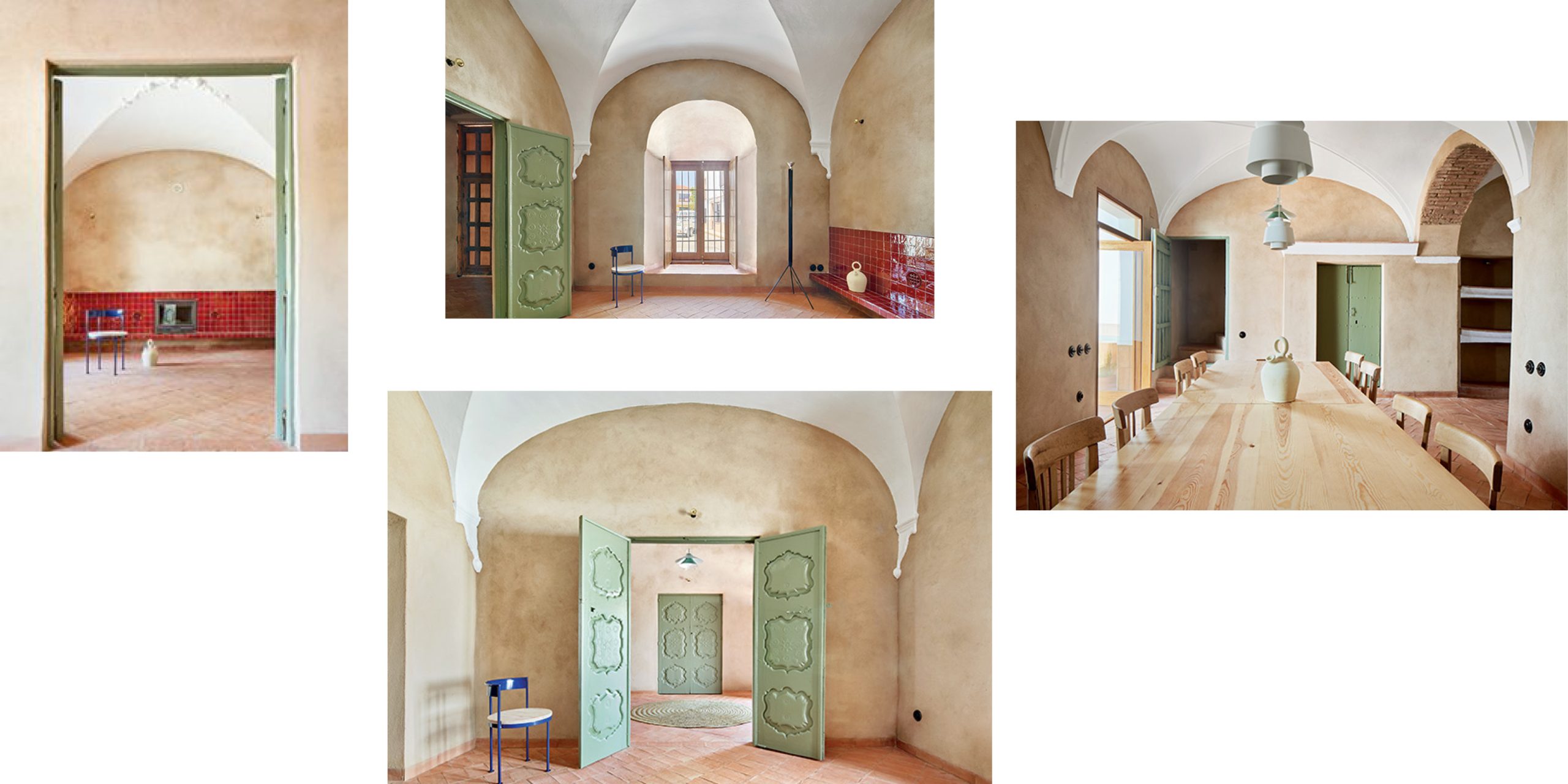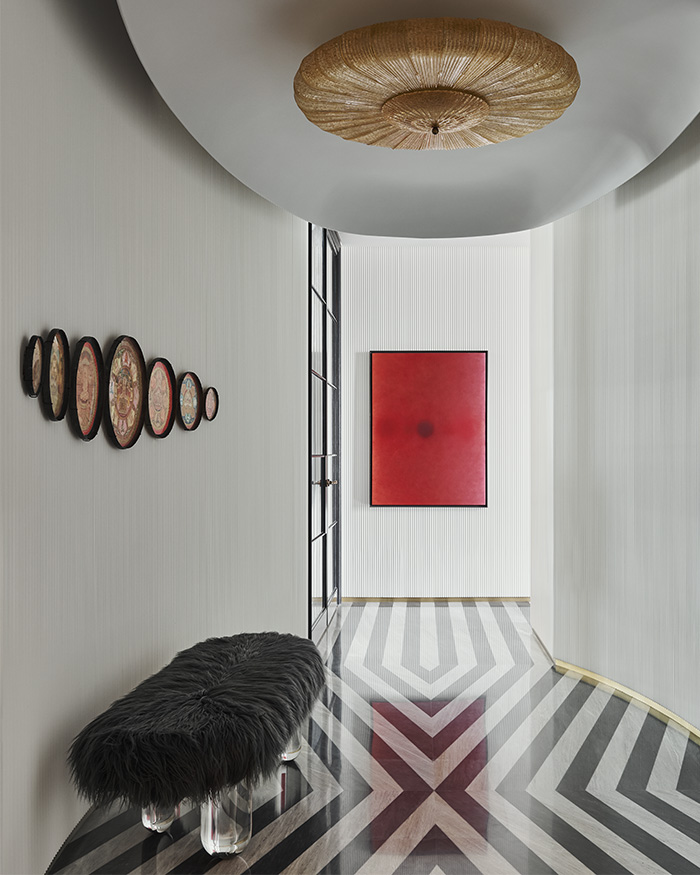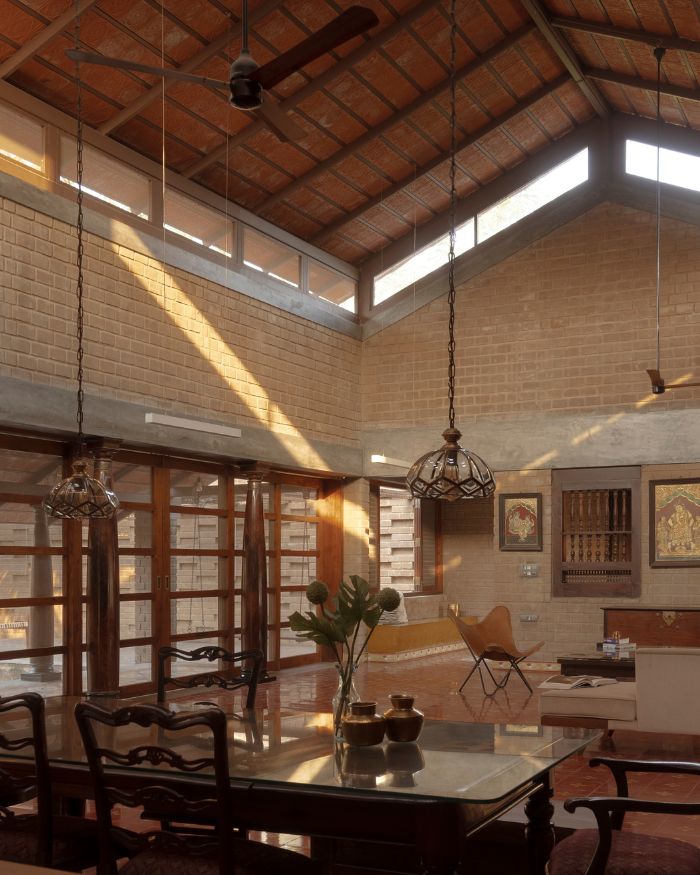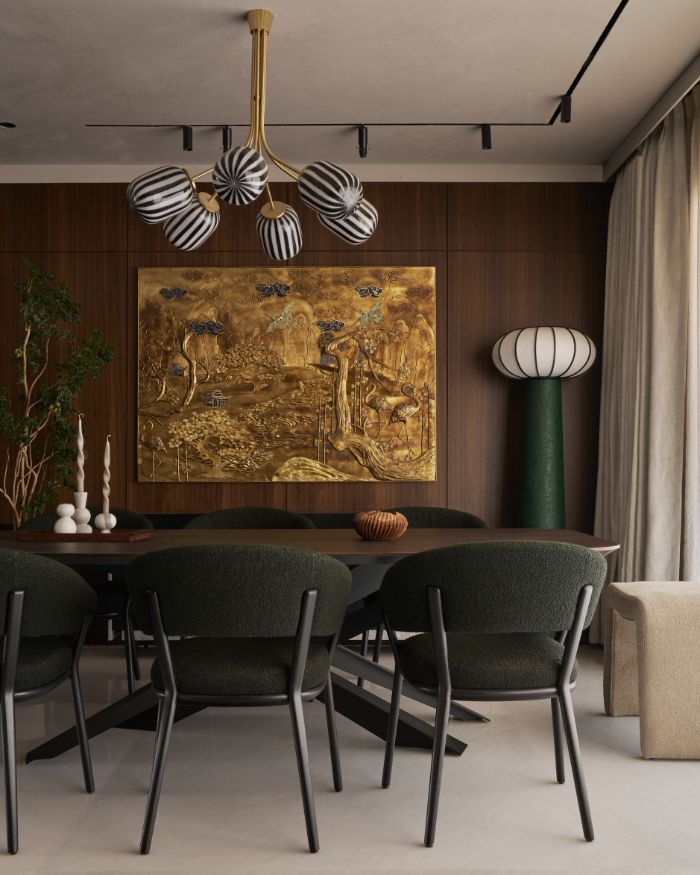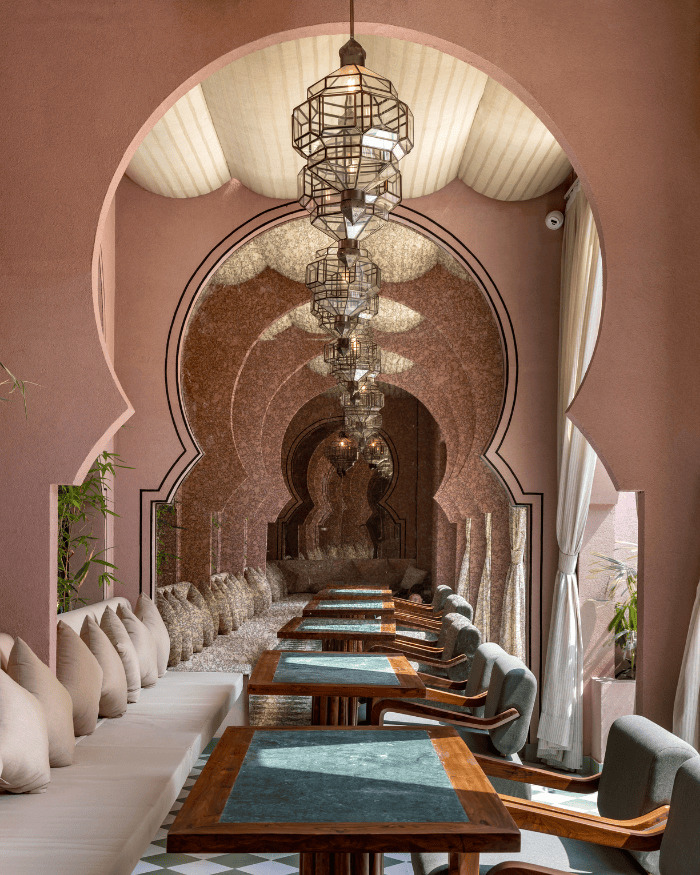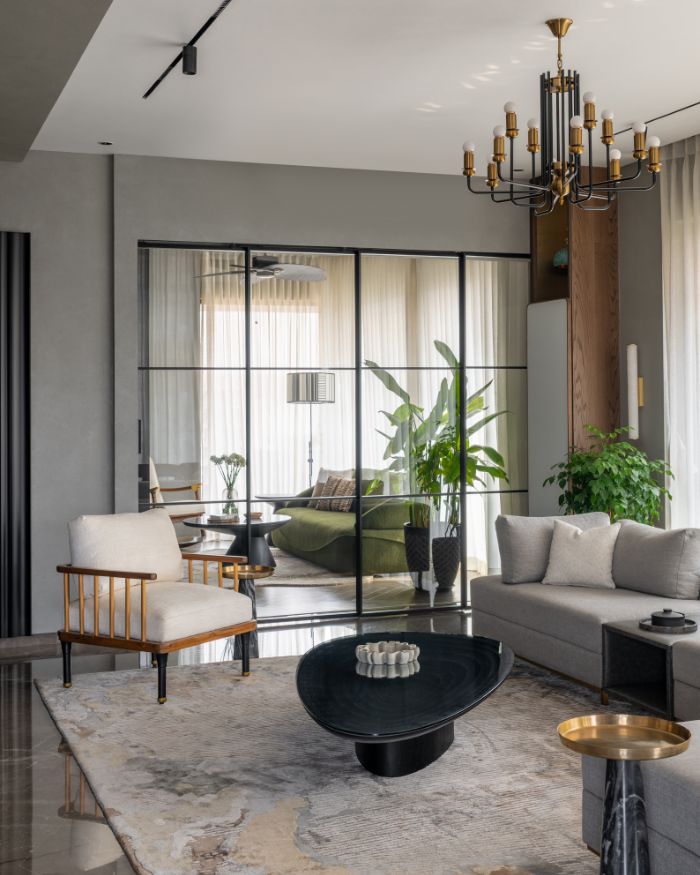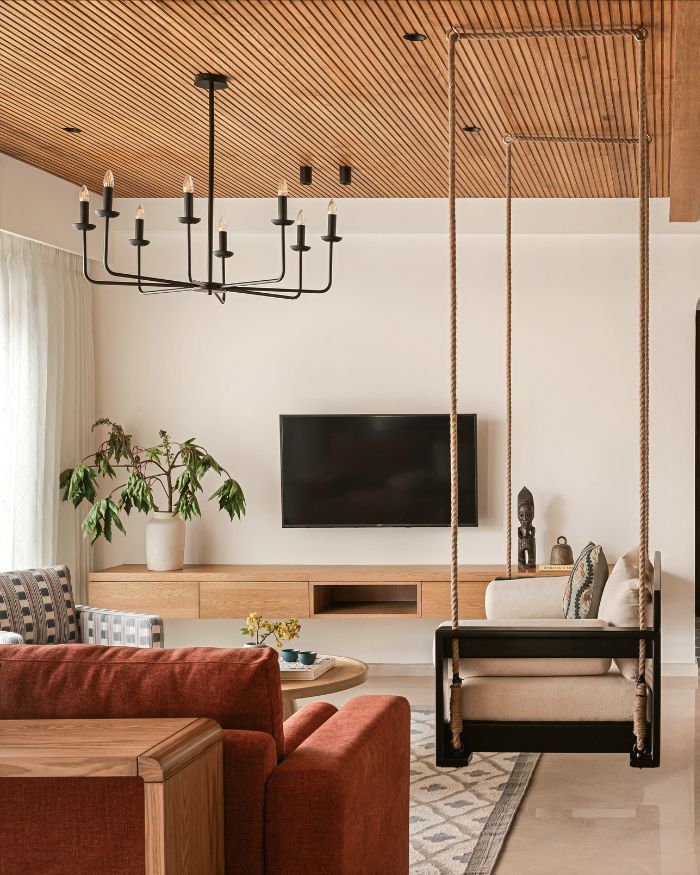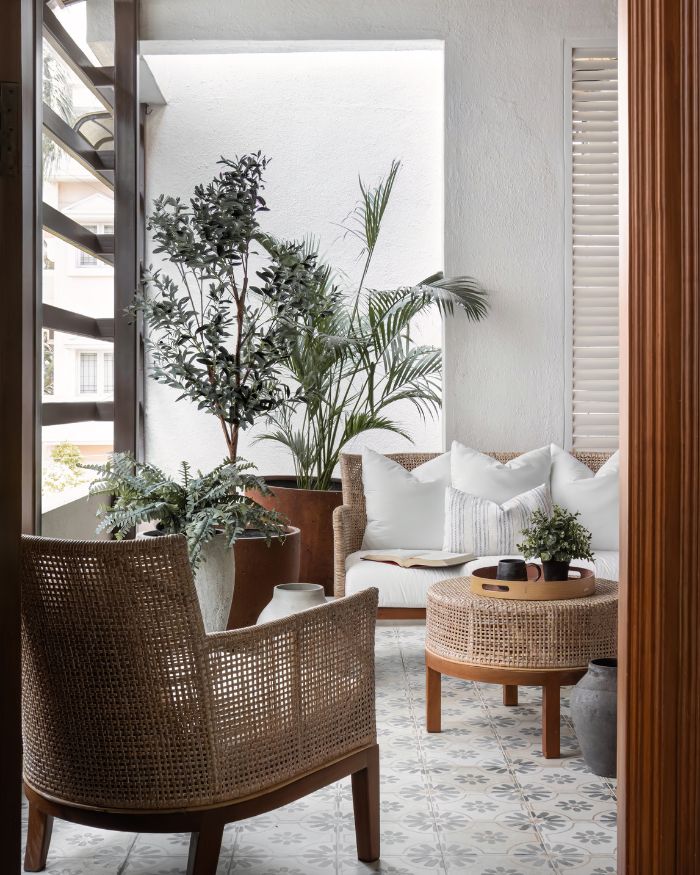An ancient castle tower overlooks the whitewashed houses of the Spanish town of Villalba de los Barros near Seville. Among them is La Hermandad, a historic, two storeyed villa with a baroque style facade, an Extremadura vault—an element common in stately homes—on the ground floor, and three rooms. This 1773 constructed home is seeped in history. It has served as the chief residence of several noble families in the area, before becoming the headquarters of the Franco army during the Spanish Civil War. In fact, its basement was used as a military prison during the war.
Being the oldest preserved house in the area, this rural lodging-turned-guest house has been retrofitted to encapsulate the best of both worlds— the entrancing aura of antiquity and modern-day comforts. The owners gave Madrid-based Lucas and Hernandez-Gil Studio free rein to convert the home for rural tourism. After its structural reforms were authorised by the country’s Directorate General of Cultural Heritage, the architects restored it to “conscientiously respect the original architecture”.
Inspired by its neighbouring landscape, the colour palette features hues characterised by vineyards and olive trees. The time-worn baked clay floor was recreated with a new handmade one with the help of local potters. Another standout feature is carpentry—as seen in the careful restoration of original elements as well as for new doors, windows and other fittings. Overall, the original structure has been vastly and consciously preserved, following the sentiment that the vernacular architecture itself represents.

